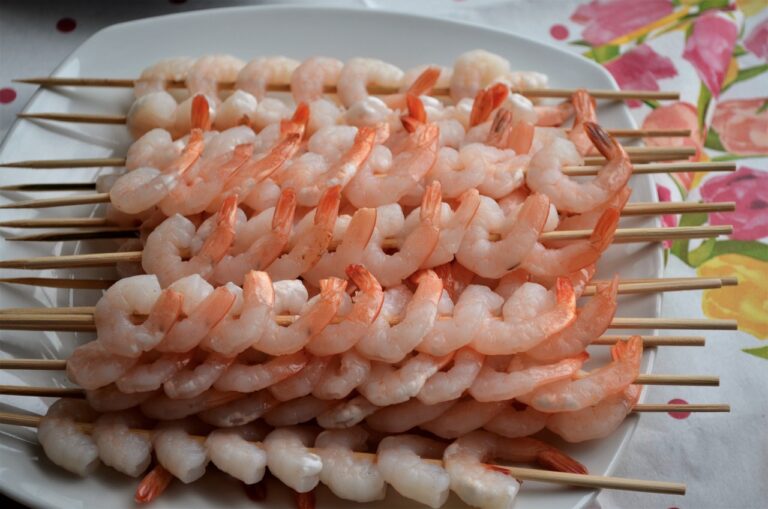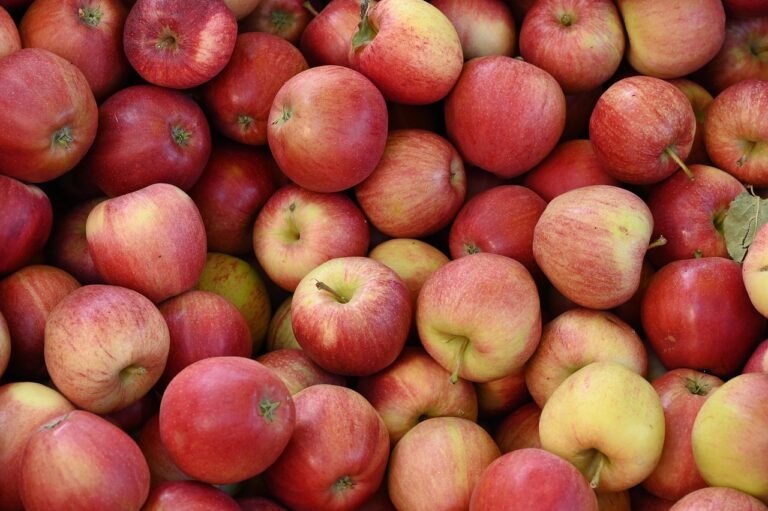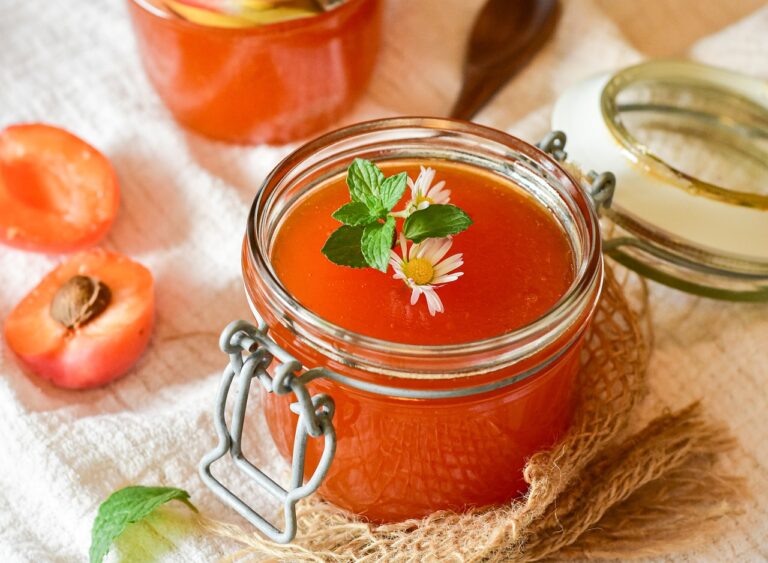The Impact of Social Media on Food Trends
Social media has become an integral part of our daily lives, influencing various aspects including communication, entertainment, and even food trends. With the rise of platforms such as Instagram, Facebook, Pinterest, and TikTok, the way we discover, share, and consume food has been transformed. In this article, we will explore the impact of social media on food trends and how it has changed the way we interact with and experience food.
Visual Appeal and Food Porn
One of the key ways social media has impacted food trends is through the power of visual appeal. Platforms like Instagram and Pinterest are known for their visually stunning content, and food is no exception. The rise of food photography, often referred to as “food porn,” has led to a proliferation of beautifully crafted images of dishes that are not only delicious but also aesthetically pleasing.
Restaurants, food bloggers, and everyday users alike now have the ability to share mouth-watering photos of their culinary creations with a global audience. This has not only changed the way we perceive food but has also influenced the types of meals we choose to eat. The saying “we eat with our eyes first” has never been more relevant in the age of social media.
Food Influencers and Celebrity Chefs
Another way social media has impacted food trends is through the emergence of food influencers and celebrity chefs. These individuals have amassed large followings on platforms like Instagram and YouTube, where they share recipes, cooking tips, and recommendations for restaurants and food products.
Food influencers have the power to shape opinions and preferences when it comes to food, often collaborating with brands to promote products or create sponsored content. Their influence extends beyond just recommending certain dishes or restaurants they also play a role in shaping broader food trends and driving consumer behavior.
Globalization of Food Culture
Social media has also contributed to the globalization of food culture, allowing users to discover and explore cuisines from around the world. Platforms like TikTok have made it easy for users to access recipes and cooking tutorials from different cultures, leading to a greater appreciation for diversity in food.
Food trends that were once confined to specific regions or countries can now easily spread across the globe, thanks to the power of social media. This has led to a more interconnected food landscape, where people can share and experience culinary traditions from diverse cultures without leaving their homes.
Instant Feedback and Viral Trends
One of the key advantages of social media is the ability to receive instant feedback from users, which has played a role in shaping food trends. The viral nature of platforms like Twitter and Instagram can turn a simple recipe or food trend into a worldwide phenomenon overnight.
Restaurants and food brands can leverage social media to promote new menu items, engage with customers, and even gather feedback on their offerings. This real-time interaction allows businesses to adapt and respond to changing consumer preferences quickly, making it easier to stay ahead of the curve when it comes to food trends.
Sustainability and Food Consciousness
Social media has also played a role in raising awareness about sustainability and food consciousness. Platforms like Instagram and Facebook have become hubs for discussions around ethical eating, food waste, and the environmental impact of our food choices.
Food influencers and bloggers often use their platforms to promote sustainable food practices, such as plant-based diets, reducing plastic waste, or supporting local farmers. This increased awareness has led to a shift in consumer behavior, with more people opting for eco-friendly and ethical food options.
Health and Wellness Trends
Finally, social media has influenced food trends by promoting health and wellness as key priorities for consumers. The rise of influencers and bloggers sharing healthy recipes, workout routines, and wellness tips has created a culture of health-consciousness that extends to our food choices.
From plant-based diets to superfoods and gut-healthy ingredients, social media has helped popularize various health trends that are now mainstream. The accessibility of information on platforms like Instagram and YouTube has empowered users to make informed decisions about their food intake and overall well-being.
FAQs
Q: How has social media influenced food styling and presentation?
A: Social media has placed a greater emphasis on food styling and presentation, with users paying more attention to the visual appeal of dishes. Restaurants and food bloggers often go to great lengths to create Instagram-worthy dishes that are not only delicious but also visually stunning.
Q: What role do food influencers play in shaping food trends?
A: Food influencers have the power to shape opinions and preferences when it comes to food, often collaborating with brands to promote products or create sponsored content. Their influence extends beyond just recommending certain dishes or restaurants they also play a role in shaping broader food trends and driving consumer behavior.
Q: How has social media impacted the rise of plant-based diets and veganism?
A: Social media has played a significant role in popularizing plant-based diets and veganism, with influencers and bloggers sharing recipes, tips, and information about the benefits of plant-based eating. This has led to a greater awareness of environmental and health issues associated with meat consumption, driving more people to adopt a plant-based lifestyle.
Q: How has social media influenced the restaurant industry?
A: Social media has transformed the way restaurants market and promote their businesses, with platforms like Instagram and Facebook enabling them to reach a larger audience and engage with customers in real-time. Restaurants can use social media to showcase their menu items, highlight special events, and gather feedback from customers, helping them stay relevant in a competitive industry.
Q: What are some of the challenges associated with social media and food trends?
A: While social media has many benefits when it comes to shaping food trends, it also presents challenges such as misinformation, food shaming, and unrealistic expectations. Users should be mindful of the content they consume and the impact it can have on their attitudes towards food and eating habits.
Overall, social media has had a profound impact on food trends, influencing the way we discover, share, and consume food. From visual appeal and food influencers to globalized food culture and health trends, social media has transformed the food landscape in ways we could have never imagined. As we continue to navigate the digital age, it’s essential to be mindful of the content we engage with and its implications on our food choices and overall well-being.







